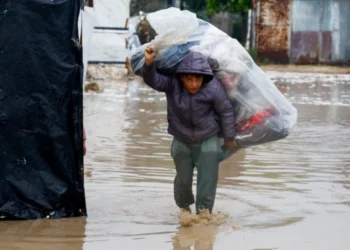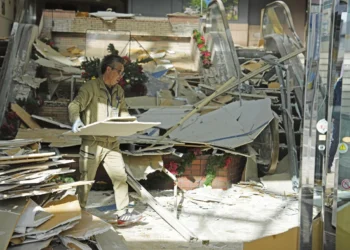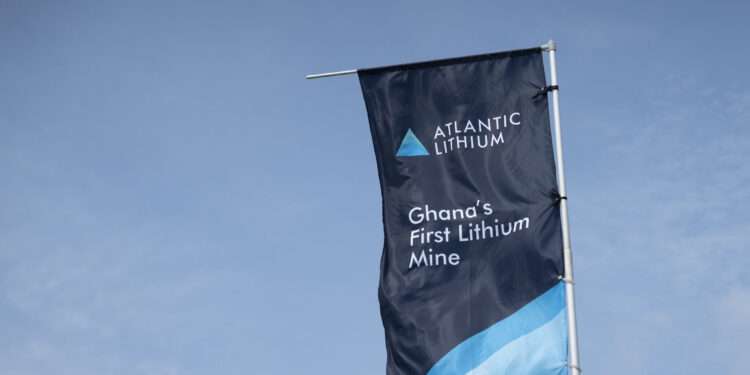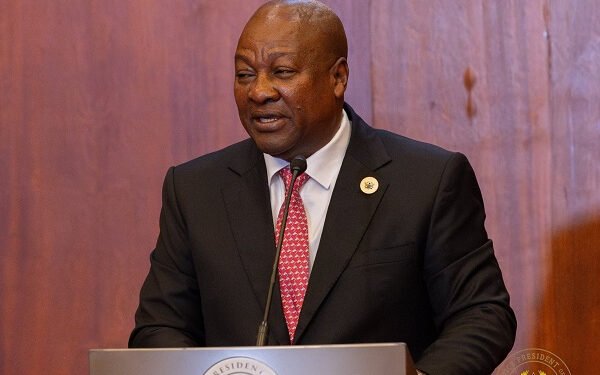Japan has announced plans to use slightly radioactive soil from near the damaged Fukushima Daiichi nuclear power plant for flower beds in the Prime Minister’s garden.
The move is intended to demonstrate the safety of reusing soil that was removed from Fukushima prefecture during decontamination efforts following the 2011 nuclear disaster. Officials say that some of the soil has now reached levels deemed safe for reuse.
The government aims to reassure the public by using the soil at Prime Minister Shigeru Ishiba’s office in Tokyo, with plans to extend its use to flower beds and other purposes within government agency grounds.
The initiative follows guidelines established by the Environment Ministry in March, which have been endorsed by the International Atomic Energy Agency.
The decision comes 14 years after the plant suffered a triple meltdown in the world’s worst nuclear accident since Chornobyl.
The sample will be taken from 14 million cubic metres of soil – enough to fill 10 baseball stadiums – that has been removed from near the plant during work to make local neighbourhoods fit for the return of evacuated residents.
The soil is in temporary storage at a vast site near the plant, but authorities have struggled to make progress on a legal obligation to find permanent homes for the material outside Fukushima by 2045.

The government has suggested the material, which it describes as low risk, could be used to build roads and other infrastructure in other parts of Japan. It would be used as foundation material and covered with topsoil thick enough to keep radiation at negligible levels.
The Fukushima Daiichi plant released large quantities of radiation into the atmosphere after it was struck by a powerful earthquake and tsunami on 11 March 2011. The disaster knocked out the facility’s backup power supply, sending three of its reactors into meltdown.
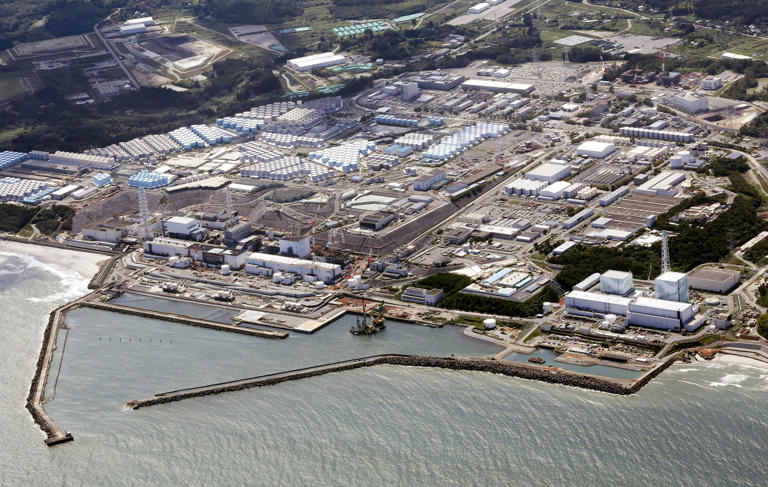
Although most of neighbourhoods that were evacuated after the disaster have been declared safe, many residents are reluctant to return. Some are concerned about the potential health effects – particularly on children – of living in former no-go zones, while others have built new lives elsewhere.
Work to remove 880 tonnes of highly dangerous damaged fuel from reactor containment vessels has barely begun. So far, specially designed devices have successfully retrieved two tiny samples of fuel, but removing all of it is expected to take decades and cost trillions of yen.
The plant’s operator, Tokyo Electric Power, has also had to contend with huge quantities of water that becomes contaminated when it is used to cool the damaged reactors.
In 2023, the utility started pumping treated water – with all but one radioactive element removed – into the Pacific Ocean, triggering an angry response from China and South Korea.
A Gesture To Convince Others To Accept Fukushima Soil
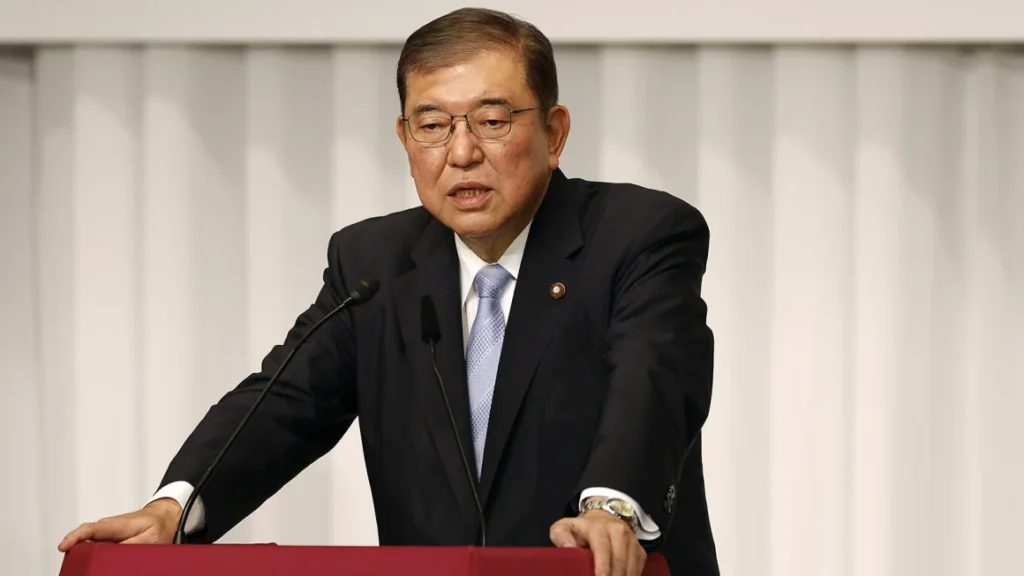
Officials said that they hoped the gesture by the Prime Minister, Shigeru Ishiba, would convince other locations that accepting quantities of the soil would not pose a risk to public health or the environment.
The Chief Cabinet Secretary, Yoshimasa Hayashi, said at a meeting held to discuss the issue, “The government will take the lead in setting an example, and we will do so at the Prime Minister’s office.”
In its final report on the recycling and disposal of the soil last year, the International Atomic Energy Agency said that the work had been consistent with its safety standards.
However, the public is yet to be convinced. Last month, local opposition forced the environment ministry to abandon a pilot project to use some of the Fukushima soil as landfill for flower beds and lawns at public parks in and around Tokyo.
READ ALSO: Deadly Rush Confirms Fears About Gaza Humanitarian Foundation




